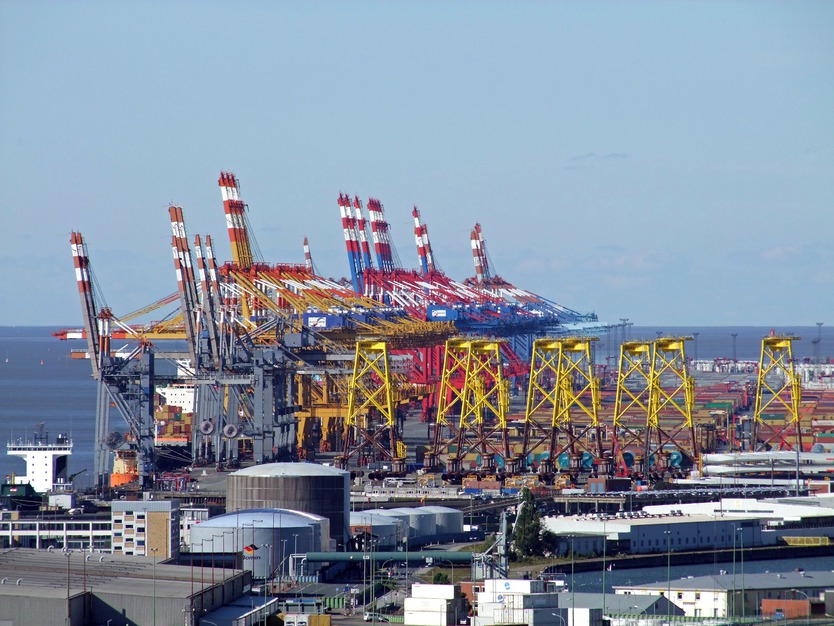
Logistics, warehousing and local industry account for high energy consumption in the port areas of Bremen
The international port in the northern German city of Bremerhaven is the second largest transhipment point for Germany’s foreign trade after the Port of Hamburg. Bremerhaven is even one of the most important ports for the automotive sector, with over 1.3 million vehicles being processed for import and export annually. The port also plays a significant role in the import of food for Northern and Eastern Europe. More than 300,000 metric tons of bananas are imported each year, for instance. Thus, the electricity consumption on the port site is correspondingly high and the logistics and cooling processes for the transhipment goods, in particular, consume vast amounts of energy.
Due to the carbon reduction targets set by the municipal government and the proximity of the port to residential areas, local demand for the generation and consumption of renewable energies is increasing. Bremen is already the German city state with the highest percentage of renewable energies. In 2017, renewable energies accounted for 15% of the gross electricity consumption, and this percentage is to be gradually increased over the coming years.
A consortium of research institutes, port operators and component manufacturers is currently researching new energy concepts for the overseas port in order to integrate the economic aspects of the port into an overall system in terms of its energy requirements and consumption. In the first project phase of the SHARC project, simulations will be carried out with various future energy scenarios. For example, comparability studies are to be carried out with regard to the investment and operating costs as well as the performance of possible renewable energy plants in the port area. In addition, the researchers will be examining whether there is any potential for saving energy through demand side management for large-scale consumers in the port district. Refrigerated warehouses, for example, can increase their cooling capacity with high wind and solar power input. In the event of excess electricity being generated, additional consumers at the low-voltage level, such as charging stations for electromobility, can also be activated. Last but not least, the potential CO2 reductions and other environmental effects will also be taken into account.
The aim of the project is to determine how complex ports with all their logistics and transport processes can be integrated into energy concepts using sector coupling. Ultimately, the findings are to be made transferable for various similarly structured, industrial processes. On the basis of the simulations the TU Berlin will be preparing an investment plan for demonstration plants which can then be implemented in a follow-up project.
The project is being funded by the Federal Ministry for Economic Affairs and Energy and will run for 21 months until October 2020.


